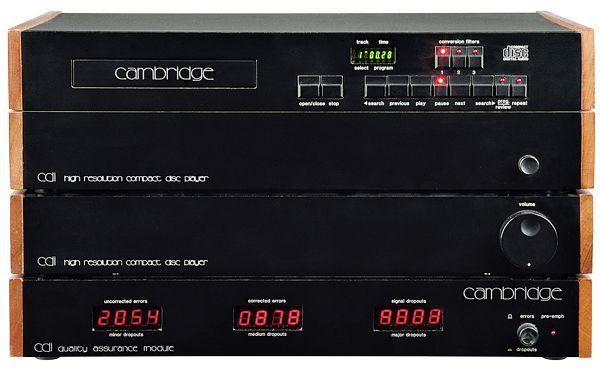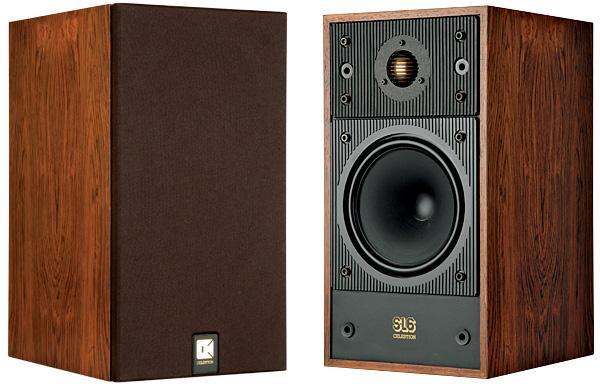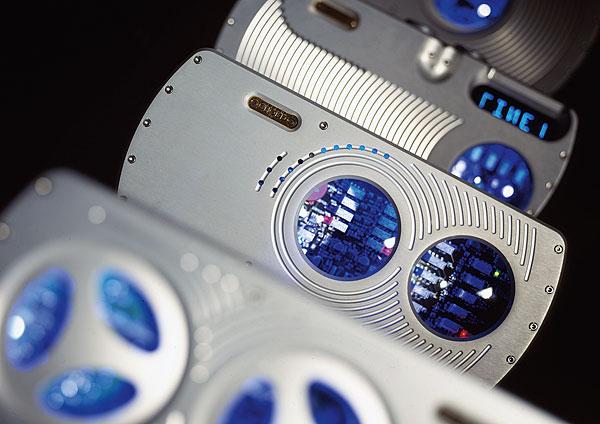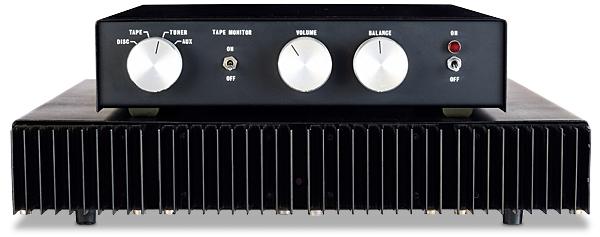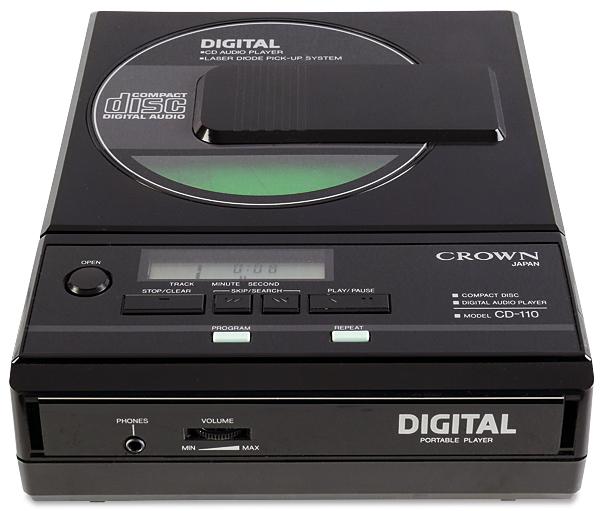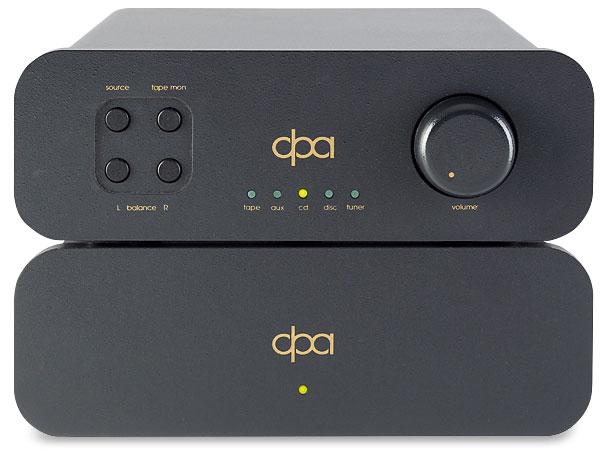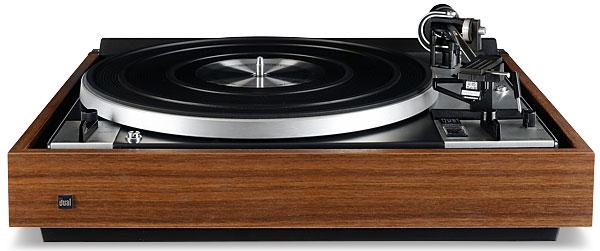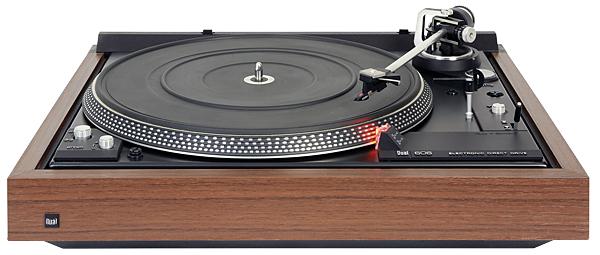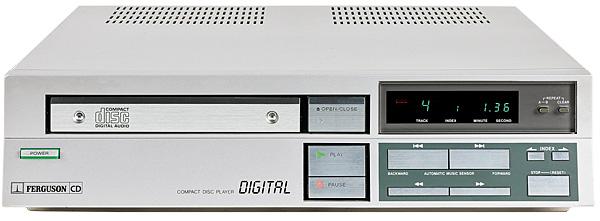Vintage
Sort By: Post DateTitle Publish Date
|
Apr 15, 2022 |
First Published: Mar 01, 2003
|
Feb 21, 2022
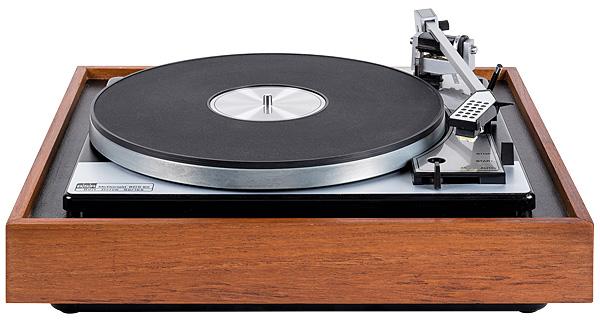
 A classic belt-drive turntable from a brand that time forgot, but is this fully-automatic, British-built mid '70s deck still worth seeking out? It's time to put it to the test...
A classic belt-drive turntable from a brand that time forgot, but is this fully-automatic, British-built mid '70s deck still worth seeking out? It's time to put it to the test...
